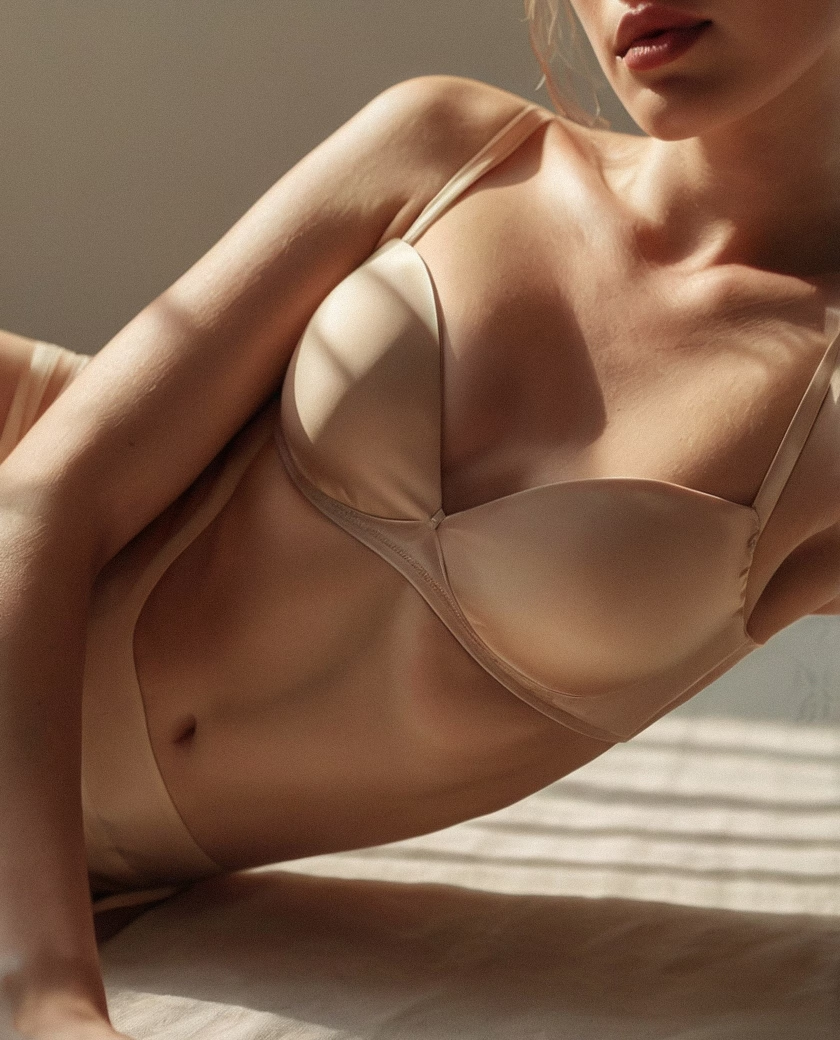
For anyone considering breast surgery, one of the first questions that comes up is:
“Will I have visible scars after breast augmentation?”
It’s a valid concern. Traditional augmentation often requires cutting through layers of tissue to insert implants, which can lead to more noticeable scarring at the incision site.
At iQonic Aesthetics London, we’ve redefined this experience through the Preservation Breast Augmentation technique — a modern, tissue-sparing approach that creates beautifully natural results with minimal, nearly invisible scars.
This article explains how the Preservation method protects the skin and underlying structures, why scars heal faster, and what you can do to support optimal recovery.
Scarring is a natural part of healing. Whenever an incision is made, the skin produces collagen to repair itself. Over time, the scar tissue becomes softer and lighter, blending in with surrounding skin.
The size, placement, and visibility of your breast augmentation scars depend on several factors:
While traditional techniques can create longer scars due to the muscle and tissue disruption needed to form the implant pocket, the Preservation technique takes a different approach — one that works with your body rather than against it.
Unlike conventional augmentation, Preservation Breast Augmentation focuses on protecting natural anatomy. Using a gentle process called balloon-assisted hydrodissection, your surgeon forms a precise pocket for the implant without cutting through major ligaments or muscles.
This allows for:
Because the internal structures remain largely intact, your body doesn’t need to “repair” as much damage — leading to finer, softer scars that are barely noticeable once healed.
Most incisions for Preservation Breast Augmentation are placed in the inframammary fold — the crease beneath the breast — ensuring the scar is hidden even in swimwear or lingerie.
Other incision options, such as around the areola or under the armpit, may be used in certain cases depending on your anatomy and preferences. However, at iQonic, our surgeons typically recommend the inframammary approach because it offers:
With careful surgical planning and advanced closure techniques, these incisions usually heal as fine, barely perceptible lines within months.
Every patient’s skin heals differently, but scar recovery generally follows a clear timeline:
Preservation patients often notice a faster progression through these stages because the tissue disruption is minimal and blood circulation remains intact, supporting healthy regeneration.
How to Care for Your Scars After Surgery
Proper aftercare plays a major role in scar quality. Here are evidence-based recommendations from our surgical team at iQonic:
Your personalised recovery journey is monitored through the Adoreal app, which tracks healing progress, provides reminders for scar-care routines, and offers direct messaging with your medical team.
Skin tone and elasticity play a role in how scars heal. Fair complexions may show redness for longer, while darker skin can develop slightly raised or pigmented scars (known as hyperpigmentation).
The advantage of the Preservation approach is that it minimises tissue stress, lowering the risk of abnormal scarring across all skin types. With proper care, most scars fade to near invisibility within the first year.
If your skin tends to form keloids or hypertrophic scars, your iQonic surgeon will create a preventive plan, possibly including silicone therapy or laser treatments as part of your aftercare package.
Beyond aesthetics, smaller scars represent a gentler, safer experience overall. The Preservation technique ensures your breast augmentation is as kind to your body as possible — preserving natural tissues while enhancing shape and confidence.
This approach aligns with iQonic’s philosophy of “natural integrity meets innovation.”
You get the benefits of a refined silhouette, a faster recovery, and scars so discreet they’re easy to forget.
At iQonic Aesthetics London, we combine advanced surgical skill with state-of-the-art technology to deliver natural, long-lasting results. From 3D planning using Adoreal’s Crisalix tool to personalised recovery monitoring, every detail is handled with precision and care.
If you’re researching breast augmentation scars and want to learn how to achieve the most subtle, natural outcome possible, book your consultation today. Our expert surgeons will explain how Preservation Breast Augmentation minimises trauma, reduces visible scarring, and transforms recovery into a comfortable, empowering experience.